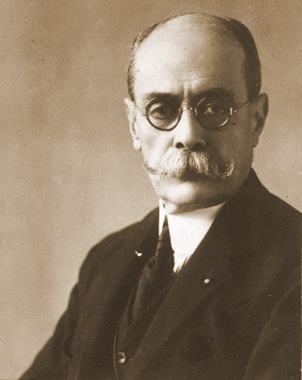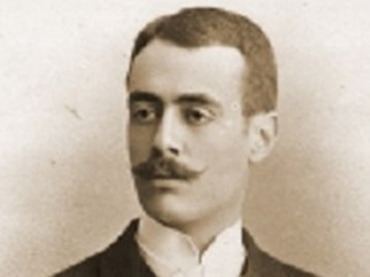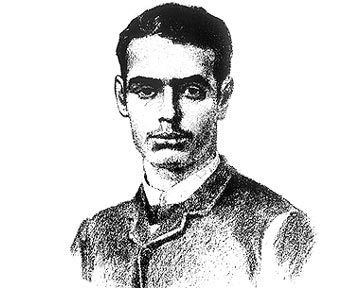President Porfirio Diaz Role Writer Name Federico Gamboa | Spouse(s) Maria Sagaseta | |
 | ||
Born December 22, 1864Mexico City ( 1864-12-22 ) Movies Santa, Entre hermanos, Latino Bar Books Santa: A Novel of Mexico City, Santa: El Delirio de Santa, Santa Similar People Antonio Moreno, Carlos Noriega Hope, Emilio Fernandez, Mauricio Magdaleno, Carlos Velo | ||
Santa 1969 de federico gamboa julissa
Federico Gamboa Iglesias (22 December 1864 in Mexico City – 15 August 1939 in Mexico City) was a writer and diplomat from Mexico. He has been considered as one of the top representatives of Naturalism in México. Gamboa wrote novels, theater pieces, articles for newspapers and magazines and an autobiography when he was 28 years old. For many years took notes of his travels, experiences and thought, which he later published as five diaries. Posthumously another two more volumes of his diaries were published.
Contents
- Santa 1969 de federico gamboa julissa
- Letras de la diplomacia Federico Gamboa 18032015
- Life as a Mexican diplomat
- Porfiriato
- Novels
- Autobiography and memoirs
- Theater
- Journalism
- Essays
- Motion pictures based on his novels
- References

Letras de la diplomacia - Federico Gamboa (18/03/2015)
Life as a Mexican diplomat

Federico Gamboa was studying to become a Notary in the National School of Law. However, both of his parents died and he was forced to drop out and start working in 1884. He began as an assistant in a Civil Court and also began on his journalist career. In El Diario del Hogar newspaper he had a regular article called Desde mi mesa (From my table), which he signed as «La Corcadiere». Even though he was doing well for himself, he was not satisfied and joined public service.

After passing all the tests, he joined the Mexican Foreign Affairs Service as second secretary on 9 October 1888. Gamboa was 24 years old when he was sent to Guatemala; afterwards he worked for the Mexican Embassy in Argentina. From 12 August to 24 September 1913 he was the Secretary of Foreign Affairs but he ended his diplomatic career after only forty four days to run for President, along with general Eugenio Rascón as vicepresident, for the National Catholic Party on 26 October 1913. He lost to Victoriano Huerta and Aureliano Blanquet.
Porfiriato
Federico Gamboa is well known as one of the most representative Mexican novelist of Porfirio Díaz regime; José Emilio Pacheco pointed out that Gamboa was «a geographic anomaly that found its place in the Porfirian society». Gamboa was, primarily, a man that searched for a good life from that time as the end of his life. For the writer and diplomat, being part of Porfirio Díaz government was more than a chance event: it was for him an inevitable destiny. However, reality of the Mexican Revolution changed his destiny. Porfirio Díaz left office in May 1911 and Gamboa received him in Europe and was able to keep his diplomatic post as ambassador in the Netherlands. During Victoriano Huerta presidency was invited to lead the Secretariat of Foreign Affais; he led the Secretariat for forty four days and then left to run for president, but lost against Huerta. His return to México marked then Gamboa's end of his good life as public servant. Furthermore, during Venustiano Carranza presidency, Gamboa had to leave Mexico along with his wife María Sagaseta and his only child, going first to the United States and then to La Habana, Cuba, from 1914 to 1919.
Novels
His novels are:
Autobiography and memoirs
Theater
His theater pieces are :
